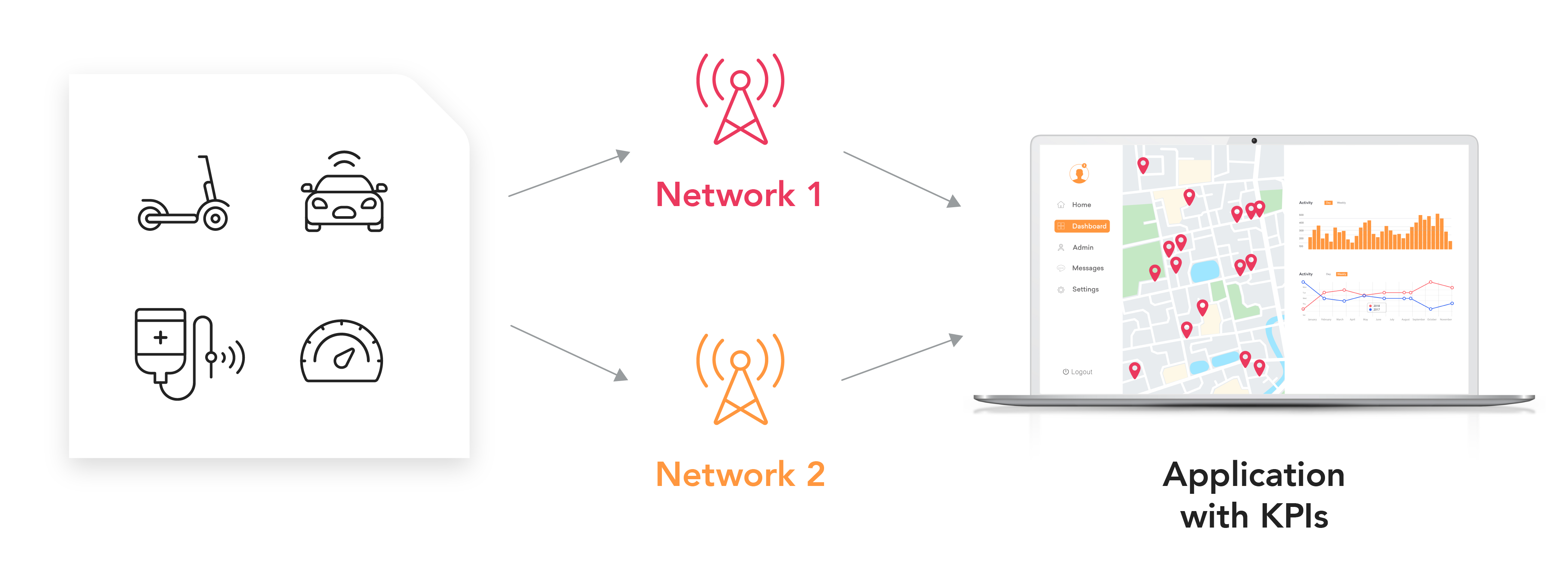Exploring the Operational Characteristics of Business Redundancy and Its Long-Term Sustainability

Redundancy Techniques for Business Connection
In order to guarantee uninterrupted procedures, services have to execute reliable redundancy approaches for service continuity. Redundancy in this context refers to the replication of critical parts or features within a system to reduce the effect of possible failings. By integrating redundancy approaches, companies can enhance their strength against interruptions created by numerous factors such as all-natural catastrophes, devices failings, or cyber-attacks.
One usual redundancy approach is the application of back-up systems and information storage space solutions. This entails producing matches of crucial information and systems that can be activated in instance of a key system failing. In addition, companies can develop repetitive communication channels and power sources to maintain connectivity and operations during unpredicted occasions.
In addition, cross-training employees to carry out numerous duties within the business can offer as a valuable redundancy strategy. This guarantees that vital tasks can still be performed even if essential personnel are unavailable because of disease or various other factors. Overall, reliable redundancy approaches are necessary for organizations to maintain functional continuity and minimize the impact of possible interruptions.
Impact of Redundancy on Organizational Resilience
Offered the essential function redundancy techniques play in making sure service continuity, discovering the effect of redundancy on organizational durability becomes crucial for understanding the all natural operational dynamics of a firm. Organizational strength refers to an entity's ability to adjust to interruptions, recover from obstacles, and transform when necessary while maintaining core features. Redundancy, when tactically executed, can considerably contribute to boosting a company's strength when faced with unforeseen challenges. By having backup systems, personnel, or processes in position, companies can better stand up to shocks and proceed operations with very little disturbance.
Additionally, redundancy can foster innovation and creativity within a company as workers feel empowered to take computed dangers, understanding that there is a safety net to support them in instance of failure. Overall, the influence of redundancy on organizational resilience is extensive, shaping click the lasting sustainability and success of a business.
Balancing Performance and Versatility in Redundancy
Attaining an unified equilibrium between functional performance and adaptive redirected here flexibility is an essential obstacle in the strategic implementation of redundancy within companies. Also much flexibility without a solid functional structure can result in inefficiencies and variance.
To balance effectiveness and versatility in redundancy preparation, companies have to carefully evaluate their operational demands, market characteristics, and strategic objectives. Implementing lean practices can improve effectiveness by eliminating and enhancing procedures waste, while promoting a society of flexibility and continual renovation can enhance flexibility. Furthermore, spending in cross-training programs and durable interaction networks can aid cultivate a functional workforce with the ability of handling diverse jobs throughout durations of change. Inevitably, locating the ideal equilibrium between efficiency and adaptability is essential for building a lasting and resistant company despite uncertainty.
Long-Term Sustainability Via Redundancy Preparation
To make sure enduring viability and security, companies need to strategically straighten their redundancy preparation with long-lasting sustainability objectives, thus integrating operational effectiveness with adaptive versatility. Lasting sustainability through redundancy preparation involves even more than just temporary cost-cutting steps. It calls for a thorough critical strategy that expects future difficulties and opportunities. Firms must watch redundancy not as a responsive solution to instant problems yet as a proactive approach for long-lasting success. By integrating redundancy preparation with sustainability goals, companies can develop a resistant structure that can withstand different market variations and inner changes.

Aggressive Procedures for Lasting Company Operations
Exactly how can companies proactively boost their operational sustainability hop over to here for lasting success? Executing proactive steps is crucial for companies aiming to make sure lasting operations. One essential strategy is to purchase innovation and development to improve procedures, minimize waste, and remain affordable in the marketplace. Taking on lasting practices such as reducing energy usage, lessening carbon impact, and maximizing source usage can not just benefit the atmosphere however likewise bring about set you back financial savings in the future.
Additionally, promoting a society of continuous renovation and understanding within the company can boost flexibility to changing market problems and client demands. Encouraging staff member participation in decision-making procedures and supplying chances for expert development can enhance morale, productivity, and total performance. Establishing clear objectives, monitoring vital efficiency indicators, and on a regular basis examining progression are essential elements of proactive sustainability monitoring.
Working together with vendors, customers, and various other stakeholders to promote lasting methods throughout the supply chain can create a surge impact of positive impact - redundancy pay if company goes bust. By taking proactive actions towards operational sustainability, business can build strength, drive innovation, and safeguard their long-lasting success in an ever-evolving business landscape
Final Thought

In the realm of organizational monitoring, the calculated implementation of company redundancy stands as a pivotal yet detailed technique that requires a fragile equilibrium between functional effectiveness and long-term stability. By exploring the functional dynamics that underpin firm redundancy and examining its wider implications for business durability and versatility, a nuanced understanding of how redundancy methods can shape the future trajectory of a firm starts to unfold.Offered the critical role redundancy strategies play in making sure company connection, discovering the effect of redundancy on organizational resilience ends up being necessary for understanding the alternative functional characteristics of a business. On the whole, the impact of redundancy on business resilience is profound, forming the long-term sustainability and success of a business.
In conclusion, comprehending the operational dynamics of firm redundancy is important for making certain long-term sustainability.